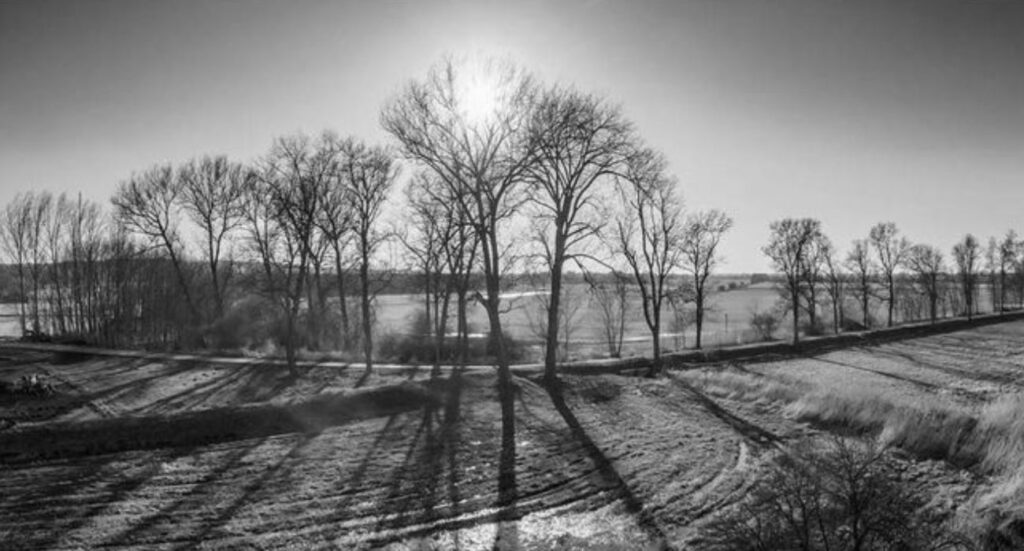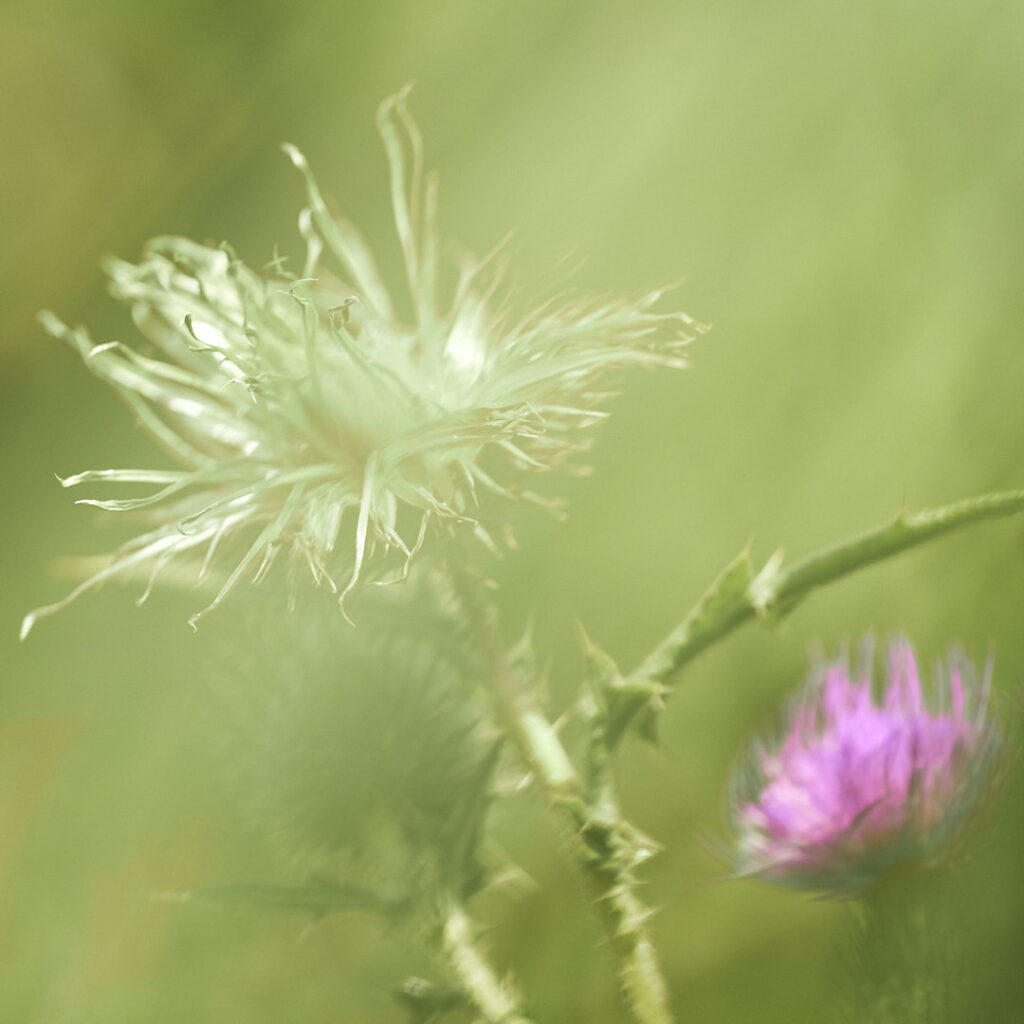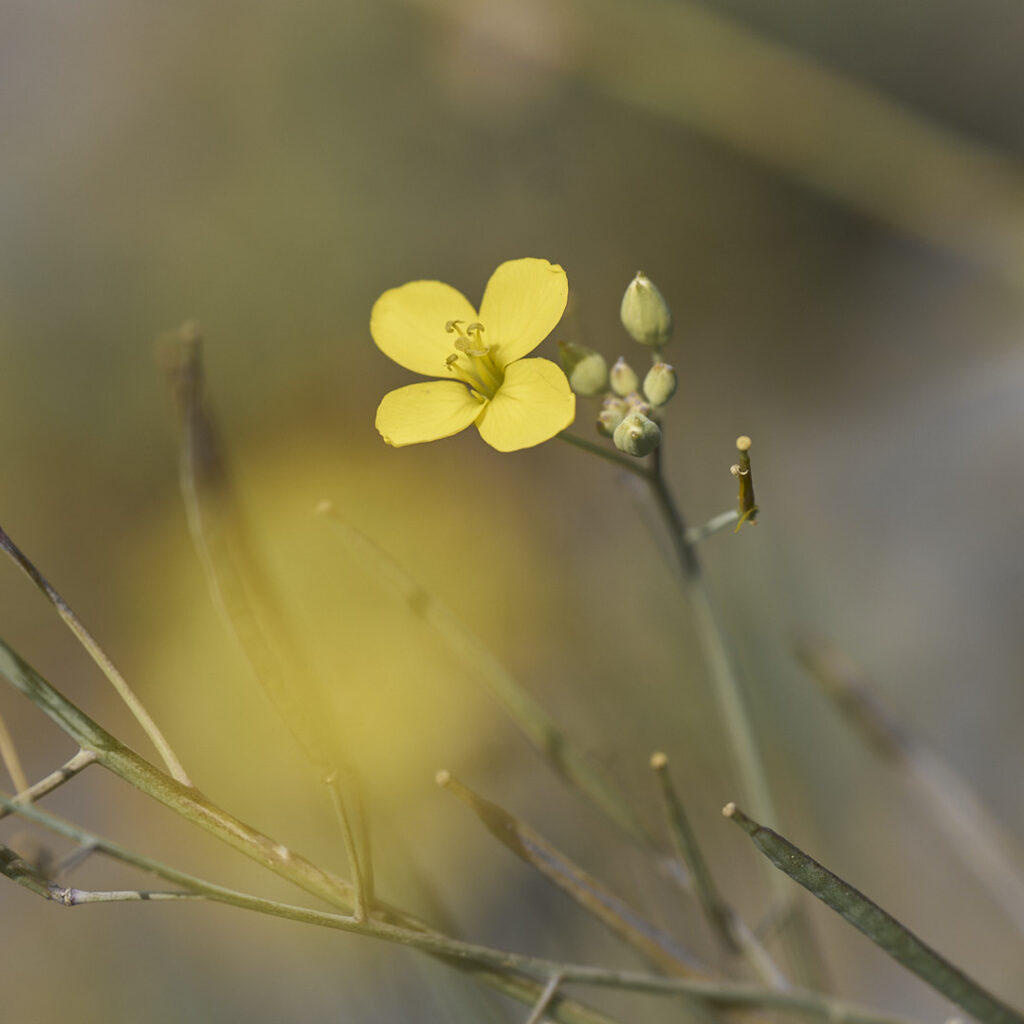Capturing the Essence of Nature: Key Ingredients for Stunning Nature Photography
There’s nothing quite as rewarding as capturing the beauty of the natural world through your lens. Nature photography is a unique and immersive art form that requires a blend of technical skills, creativity, and a deep appreciation for the environment. Whether you’re a seasoned pro or just starting out, understanding what it takes to make extraordinary pictures of nature is essential. In this blog post, we’ll explore the key ingredients that can help you create breathtaking nature photographs that leave a lasting impact on your audience.
- Patience and Observation: Nature operates on its own schedule, and the best photographs often come to those who wait. Patience is a virtue in nature photography. Spend time observing your surroundings, understanding the patterns of light, weather changes, and the behavior of wildlife. This patient approach will allow you to anticipate and capture moments that others might miss.
- Composition and Framing: A strong composition is the backbone of any great photograph. Use techniques like the rule of thirds, leading lines, and framing to guide the viewer’s eye and create a visually compelling image. Pay attention to the arrangement of elements within the frame to create balance and harmony.
- Lighting Magic: Light is the heart and soul of photography. The quality of light can transform an ordinary scene into something extraordinary. The golden hours—just after sunrise and before sunset—bathe the landscape in warm, soft light that adds depth and dimension to your images. Experiment with backlighting, side lighting, and front lighting to create mood and emphasize textures.
- Gear and Technical Proficiency: While creativity is key, having a solid understanding of your camera equipment and settings is equally important. Invest in a good quality camera, lenses, and other accessories that suit your style of nature photography. Learn to control exposure, aperture, shutter speed, and ISO to achieve the desired effects.
- Storytelling Elements: Every photograph has a story to tell. Consider what story you want to convey through your images. Is it the majesty of a towering mountain range, the delicate beauty of a flower petal, or the serenity of a tranquil lake? Capturing the essence of nature involves connecting with your subject on an emotional level and translating that connection into your photographs.
- Exploring Uniqueness: In a world where countless photographs are taken every day, strive to capture something unique. Find fresh perspectives and viewpoints that offer a new angle on familiar scenes. Explore less-photographed locations to bring fresh and captivating content to your audience.
- Post-Processing Finesse: Post-processing is the digital darkroom of the modern photographer. Use editing software to enhance your images subtly, bringing out details, adjusting colors, and correcting minor imperfections. Remember, the goal is to enhance your photograph without overdoing it.

Conclusion: Nature photography is an ever-evolving journey that requires continuous learning and growth. While mastering the technical aspects is important, it’s equally vital to cultivate your artistic vision and connect deeply with the natural world around you. With patience, creativity, and a genuine love for nature, you can create images that not only capture its beauty but also inspire others to appreciate and protect our planet’s precious resources. So, grab your camera, head outdoors, and let nature’s wonders guide your photographic pursuits.




Ich glaube die Naturfotografie hat eine Zukunft.
KJ